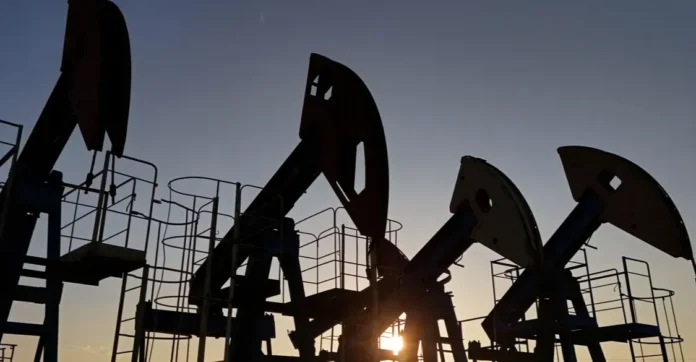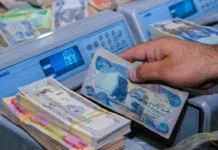Oil prices edged lower on Wednesday, extending a three-day slide, as skepticism over the impact of new U.S. sanctions on Russia and speculation about a potential OPEC+ output increase pressured the market.
Brent crude slipped 7 cents (0.11%) to $64.33 per barrel, while U.S. West Texas Intermediate (WTI) was down 7 cents (0.12%) at $60.08 as of 04:11 GMT.
📉 U.S. Stock Draws Offer Brief Support
According to market sources citing American Petroleum Institute (API) data, U.S. crude inventories fell by 4.02 million barrels for the week ending October 24. Gasoline stocks dropped 6.35 million barrels, and distillate inventories declined 4.36 million barrels.
The larger-than-expected inventory draws triggered a short-term rally in the previous session, briefly supporting prices.
However, analysts say the boost was limited.
“The surprise draws helped prices this morning, but the interplay of sanctions risks and OPEC+’s posture is driving markets,” said Priyanka Sachdeva, senior market analyst at Phillip Nova.
“That doesn’t mean the rally has unlimited upside. Demand remains soft, and spare capacity is still high.”
⚖️ Sanctions and Supply Concerns
Last week, oil prices had posted their biggest weekly gains since June after U.S. President Donald Trump imposed Ukraine-related sanctions on major Russian oil firms Lukoil and Rosneft.
But doubts have since emerged over how effective those sanctions will be in curbing Russian exports.
The Kremlin said on Tuesday that Russia continues to offer “top-quality energy at good prices,” and that partners “will decide for themselves” whether to buy its oil.
Meanwhile, Indian refiners have paused new orders for Russian crude while awaiting government guidance, although state-run Indian Oil confirmed it will continue purchasing as long as transactions comply with sanctions.
In Europe, Germany’s economy minister said the U.S. had provided written assurances that Rosneft’s German assets would be exempt from the sanctions, as they are no longer under Russian control.
🛢️ OPEC+ Eyes Output Boost
Four sources familiar with OPEC+ discussions told Reuters that the producer group is leaning toward a modest output increase in December, potentially adding around 137,000 barrels per day.
The move comes as several members look to stabilize prices amid fluctuating demand and geopolitical uncertainty.
Saudi Aramco CEO Amin Nasser said on Tuesday that crude demand remains strong, noting that “Chinese demand is still healthy even before sanctions on Russian oil majors.”
📈 What’s Next for Oil Markets
Heading into the second half of the week, traders will be closely watching:
- The Federal Reserve’s interest rate decision due Thursday.
- An expected U.S.-China leaders’ meeting, which could influence market sentiment and demand expectations.
Analysts at Haitong Securities said these upcoming events could “support prices” if they deliver signs of economic stability or stimulus.
Despite recent volatility, energy experts say fundamentals — from inventory drawdowns to steady Asian demand — could provide a floor near $60 for WTI in the short term.





